Skip to content
levels of organizingdesign frameworks which support the levels of organizingsocial relationshipsdigital networking which can improve the efficiency and scalability of organizing activities
Overview
Overview
Inclusive organizing is an open design framework for the scalable development of all types of projects, systems and communities. Inclusive organizing seeks to foster “right-sized relationships” of all sizes between people, ideas, resources, activities and systems. See also
The IO framework is represented by a which depicts four technical stacks of tools, techniques and roles:
The central concept of IO is to inclusively develop these technical stacks via four general levels of organizing: shared language, inclusive activity, governance, and decentralized networking. Shared languages are seen as the basis of all scalably inclusive activities. Inclusive activities-- especially, inclusive doing, discussion, design and decision-- are seen as the source of inclusive governance processes, which can lead to decentralized networking which intentionally distributes governance authority and other shareable resources. Projects can develop policies and policy design tools at any of these four levels in any order. While developmental order is emphatically optional, we believe that we will need to develop awareness and support of the full “four level stack” to develop inclusively at the unlimited scales and levels of complexity which we need to access humanity’s unrealized potentials for collective wisdom, and to sustainably survive and thrive in reciprocal relations with other species and AI. However, IO is deeply modular and pluralistic; it supports diverse (and autonomously diverging) pathways to formal developments within the general community (and, whenever applicable, media networks) of each project.
The technical stacks
The heart of IO’s general framework is its Frameworks stack which contains modules for the inclusive development of projects, networks and digital media resources. Each of IO’s component modules can provide some or all of a project’s constitutional policies and policy design tools at each level of design, facilitating the development of inclusively distributiveactivities on increasing scales of magnitude and complexity.
IO also has a Social Relationships stack which represents relationships between the primary types of agents and resources which the Organizational Development Stack can serve and support. For example, projects develop both governed and ungoverned participant roles (including voting membership roles) which may use or modify the project’s media resources and, when applicable, the physical resources which they represent. It’s especially important for key participants to support one or more media channels for collectively-supported interactions, including the use and updating of constitutional policies and policy design tools. Channels may include any number of digital formats as well as meeting and event programs. Projects may develop a number of official media channels while also actively supporting other, related channels, including ones which are either ungoverned or are governed by different people and groups. All of these media channels can be methodically networked to improve navigability and efficiency of usage, per and other design modules.
IO also depicts a Digital Networking stack which represents hardware and software components which work together to run applications. IO specifically represents dapps (distributed applications) because (1) they require special networking techniques, and (2) this author believes that they’re crucial to developing massively inclusive and scalable global projects which govern and host many media items, including their own policies and policy design tools.
Want to print your doc?
This is not the way.
This is not the way.

Try clicking the ⋯ next to your doc name or using a keyboard shortcut (
CtrlP
) instead.